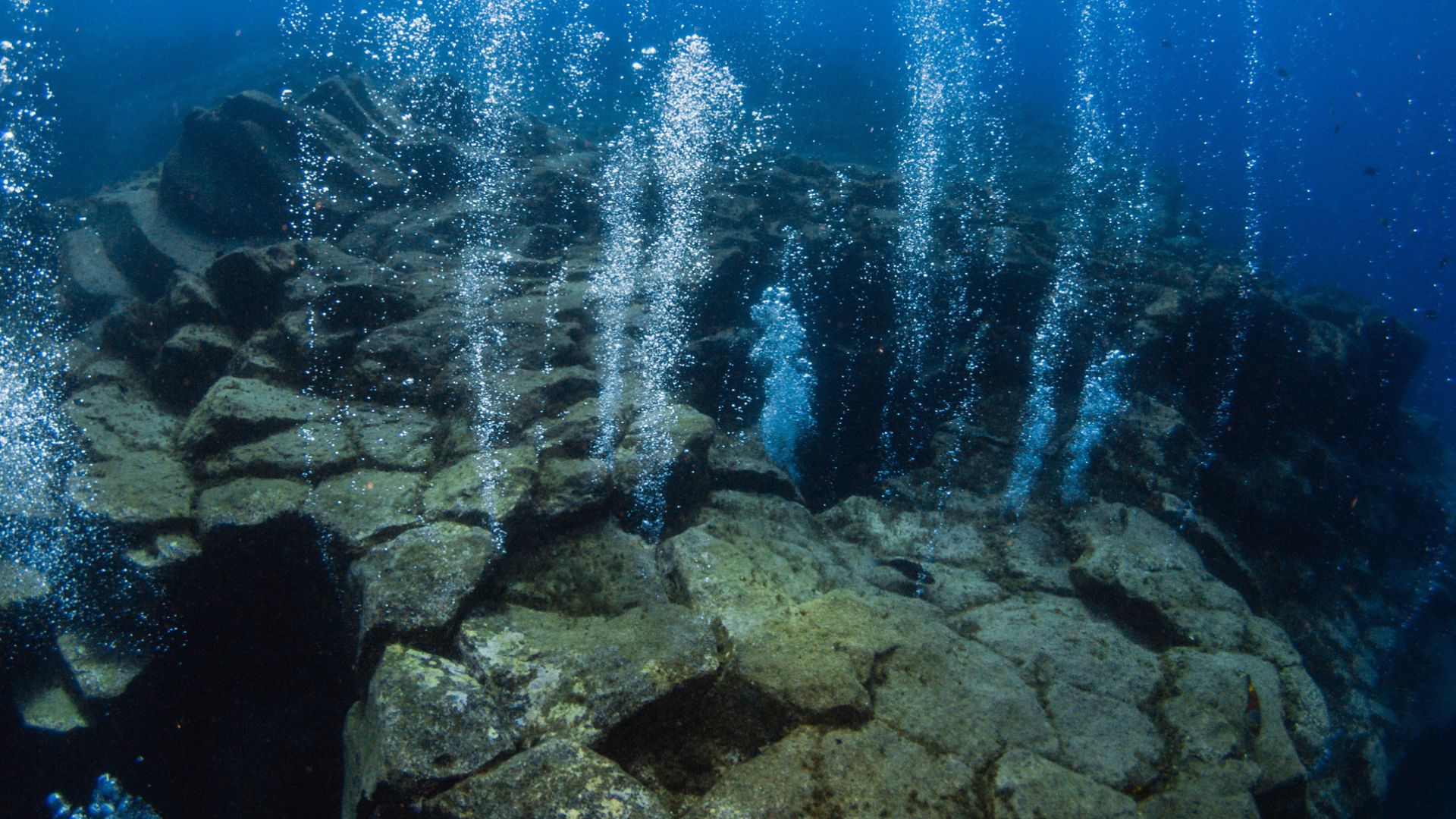Chinese scientists found that microbes living deep within the Earth can get their energy from rock fractures caused by earthquakes.
These findings challenge the idea that sunlight is the ultimate energy source for all life. It could expand the understanding of where and how living organisms can exist, even on other planets.
The Guangzhou Institute of Geochemistry team found that splitting water into energy-rich compounds by earthquake-driven rock fractures can sustain life in the deep biosphere.
“We propose that crustal faulting can generate various redox pairs and drive Fe redox cycling, thereby providing a sustained energy source for subsurface life on Earth and potentially on other planetary bodies,” the team wrote in the study paper.
Simulation of fractures
It was long considered that the deep subsurface was barren – no sunlight, limited nutrients, it didn’t seem like a place where life could flourish.
But life finds a way. An ecosystem of prokaryotic organisms is known to thrive under extreme conditions and depends on energy from chemical reactions between water and rock.
While hydrogen gas was a known energy source for these organisms, the origin of the essential oxidants for their metabolism remained a mystery.
This is the problem the new research addresses. The research demonstrated that seismic activity and crustal fracturing can power deep-Earth life by acting as a constant energy source.
The team simulated the powerful forces of crustal faulting in the lab, focusing on the common silicate mineral, quartz.
The South China Morning Post reported that the researchers recreated two fundamental types of rock fracture.
Firstly, extension fractures, where rocks crack open and expose new surfaces to water, and the other is shear fractures, where faults continuously grind rocks in water.
The fracturing of rocks actually breaks apart water molecules to create highly reactive molecules called free radicals.
Afterwards, these free radicals form hydrogen gas (H₂) – the known fuel for deep subsurface life – and important oxidants, like hydrogen peroxide (H₂O₂). The compounds create an energy source for microbial life.
The constant chemical reactions
The compounds lead to a chemical imbalance, a redox gradient, within these underground fracture systems.
Iron, a common element in rocks and groundwater, plays a key role in this reaction. The study found that these earthquake-generated compounds react with iron, cycling it between its different forms: ferrous iron (Fe²⁺) and ferric iron (Fe³⁺).
This cycling, in turn, influences the geochemistry of other elements, ultimately sustaining microbial metabolism.
The amount of energy being produced is truly remarkable.
“In microbe-rich fractures, hydrogen production driven by earthquake-related faulting was found to be up to 100,000 times greater than that from other known pathways, such as serpentinization and radiolysis,” the researchers noted.
Interestingly, the iron redox cycling influences the geochemistry of other vital elements like carbon, nitrogen, and sulfur. All these elements are essential for sustaining microbial life down there.
This continuous flow of electrons, driven by the mechanical energy of fracturing and the subsequent chemical reactions, creates an “underground power grid” to sustain unique microbial communities.
The study provides new insight into how life survives in our planet’s dark, pressurized depths.
Moreover, it could also help in the search for extraterrestrial life. Similar fracture systems on Mars and Jupiter’s moon Europa could potentially create habitable environments for extraterrestrial life.
The findings were published in the journal Science Advances.
